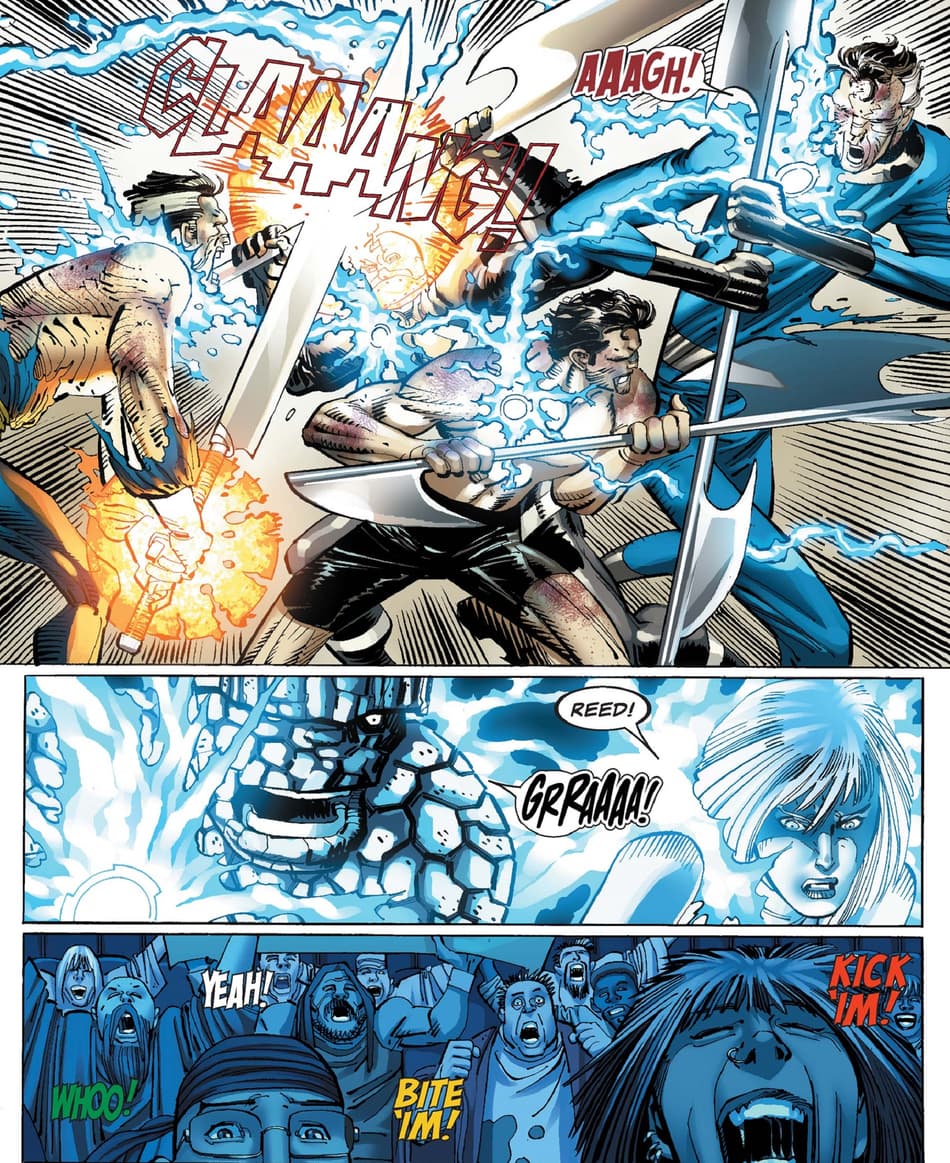Find Out How to Join Freemason and Access Lifelong Connections
Wiki Article
Discovering the Mysteries of the copyright: What You Need to Know
The copyright, a term frequently shrouded in intrigue and controversy, stands for a complicated tapestry of historical truth and contemporary myth. Developed in the late 18th century, this secret culture was initially rooted in the Knowledge's suitables but has actually since come to be associated with conspiracy concepts regarding elite control (benefit of joining freemason).Beginnings of the copyright
The beginnings of the copyright are steeped in a blend of historic intrigue and ideological fervor. Developed in 1776 in Ingolstadt, Bavaria, by Adam Weishaupt, the team was at first formed as a secret culture intended at promoting Enlightenment ideals such as reason, secularism, and the splitting up of church and state. Weishaupt, a professor of canon legislation, looked for to test the prevailing authority of the church and state, which he watched as oppressive establishments stifling intellectual and personal flexibility.
Secret Numbers and Members
That were the essential numbers that shaped the copyright's early impact and direction? The Bavarian copyright, started in 1776 by Adam Weishaupt, arised as an action to the overbearing societal frameworks of the time.Another considerable figure was Johann Gottlieb Fichte, a popular philosopher whose concepts on nationalism and education and learning resonated with the copyright's objectives. Although Fichte was not an official member, his philosophical bases affected the team's ideological background. In addition, numbers like the author and philosopher Johann Wolfgang von Goethe were associated with the broader intellectual motions of the moment, although their straight participation with the copyright stays disputed.
These crucial figures added to the copyright's very early instructions, pressing the boundaries of political and social thought, while their collective efforts aimed to challenge well established standards and cultivate an environment of dynamic adjustment in Europe.
Misconceptions vs. Truth
Numerous mistaken beliefs border the copyright, commonly blending truth with fiction in a manner that covers its real nature. This secret society, originally established in 1776 in Bavaria, aimed to promote Enlightenment perfects and combat spiritual and political injustice. The idea that the copyright remains to put in significant impact over globe events is a myth. While the group did exist, it was disbanded in the late 18th century and has not operated as a natural entity considering that after that.One more widespread myth is that the copyright makes up a network of elite people manipulating international affairs. Actually, many conspiracy concepts overemphasize the group's value, associating misguided intentions to social trends and occasions. This has led to an oversimplified view of intricate problems.
In addition, the portrayal of the copyright in preferred society commonly further distorts its legacy. Movies and literature have a tendency to sensationalize the company's function, creating a story that diverges from historical realities. Understanding the difference in between the misconceptions and the reality of the copyright is important for critical the genuine effect of this historic team and recognizing the wider effects of conspiracy theories in modern society.
Modern Interpretations
Contemporary interpretations of the copyright typically mirror broader societal stress and anxieties and an attraction with secrecy and power. This modern lens often links the copyright with conspiracy theory theories that suggest a covert elite manages globe occasions, manipulating governments and economic climates for their very own gain. benefit of joining freemason. Such stories touch right into join freemason a deep-seated question of authority, especially in times of situation or social turmoilIn pop culture, the copyright is often portrayed as a supreme organization shrouded in secret, bring about a wide variety of fictional portrayals in literature, film, and songs. This representation offers not just to amuse yet additionally to prompt believed regarding the nature of power and control in contemporary society. Social media has even more magnified these analyses, enabling fast dissemination of conspiracy theory concepts and producing neighborhoods that share and expand upon these ideas.
Additionally, some contemporary interpretations mount the copyright as an allegory for the complexities of globalization and the interconnectedness of influential people and companies. This point of view encourages a vital evaluation of just how power characteristics operate in today's world, highlighting the equilibrium between openness and secrecy in administration and company methods.
Cultural Influence and Tradition
Influenced by centuries of intrigue, the social effect and legacy of the copyright expand far past its historic beginnings. This secret society, established in the late 18th century, has penetrated different facets of preferred culture, from literary works and movie to music and art. The principle of the copyright has progressed right into a symbol of conspiracy theory theories, frequently representing a viewed surprise power controling worldwide events.In literature, writers like Dan Brown have actually woven the copyright right into intricate stories, exciting readers with themes of privacy and power. Films such as "National Treasure" and "The Da Vinci Code" additionally perpetuate the appeal of the society, blending fact with fiction to produce engaging narratives.

Inevitably, the copyright's heritage is a complicated tapestry of myth and truth, shaping perceptions of secrecy and control in modern discourse. Its enduring visibility in society underscores humankind's seasonal quest for comprehending concealed realities.
Conclusion
The exploration of the copyright exposes an intricate interplay between historical facts and modern-day myth-making. Founded in the Enlightenment period, this culture intended to challenge overbearing structures, yet its legacy has actually been overshadowed by conspiracy theories that recommend elite manipulation. Recognizing the distinctions in between the original suitables and modern interpretations is vital for understanding the sustaining attraction with the copyright and its considerable influence on cultural stories surrounding power and secrecy in society.Report this wiki page